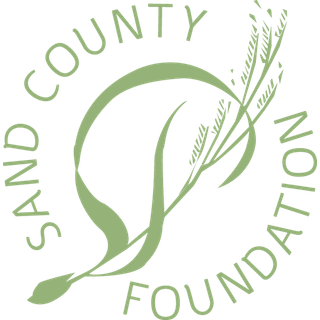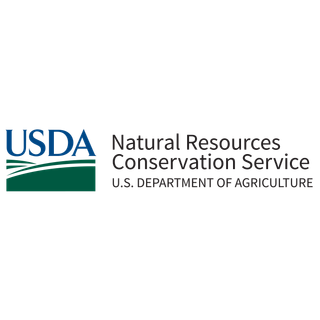Michael Berg views conservation through a long lens.
His life’s work has taken place at Berg Family Farm. The farm’s scenic and dramatic topography is typical in the hilly, ecologically unique Driftless Area of southwest Wisconsin.
The Berg family has long sought to prevent their limited topsoil from reaching the flood-prone Pecatonica River, a meandering snake of a waterway that weaves through their 540 acres of cropland, pastures, and forests.
Michael’s father, Byron Berg, installed contour strips to prevent erosion in 1952, a practice followed to this day. He often told his children, “We don’t really own the land. We’re just taking care of it for the next generation.”
Those words stuck with Michael, who wears a commitment to conservation like a badge of honor.
He recalls his father supporting local conservation efforts as chairman of the Lafayette County Board and hosting the state soil judging contest in 1962. To maintain topsoil atop rocky limestone hills, the Bergs began no-till farming in the 1970s. By the 1980s, they were hosting field days to show other farmers that crop yields weren’t dependent on plowed fields.
The Bergs worked closely with Natural Resource Conservation Service staff on a detailed assessment of how their land drains. With that information they developed two miles of terraces to divert water from rapidly flowing downhill. These areas host native grasses and wildflowers that provide a food source for bees and other pollinators.
Over time, Michael and his wife Diane planted more than 25,000 pine and walnut trees on about 75 acres of marginal farmland. While others scoffed at taking land out of crop production, these woodlands provide income from timber sales, and habitat for deer, bobcat, and bear.
Before retiring from dairy farming in 2002, the Bergs built two manure storage areas to prevent the loss of nutrients and protect water quality. After dairying, Michael and his son Taylor transitioned to rotationally grazing Red Angus beef cattle. They seeded pastures with Birdsfoot trefoil, a clover-like plant that produces quality forage while preventing erosion.
The centerpiece of Michael’s conservation efforts has been restoring almost a mile of riverbank with riprap in 2020. More than 200 loads of specialized breaker rock were laid, then covered with dirt and re-seeded. The riprap slows the infiltration of silt into the river during heavy rains, keeping the river cleaner.
To provide a natural transition from the river to its floodplain, grassland buffers are maintained at least 16 feet in width along each side of the river. To minimize streambank erosion, the height of the banks was reduced in some areas. Large tree root balls were buried in the river to deflect currents and prevent erosion while creating fish habitat.
Michael says that conservation measures like the riprap project are possible because his farm is profitable. In turn, conservation activities enhance profitability. His was the first farm in Lafayette County to participate in a phosphorus-water quality trading experiment with the nearby village of Argyle.
Michael is a founder of the Pecatonica Pride Watershed Association, which brings together outdoors enthusiasts, farmers, landowners, business owners, and others to improve the river and inspire others to embrace conservation practices.
By seeking new ways to fortify the soil, keep the water clean, and provide wildlife habitat while farming, Michael is strengthening his family’s legacy of land stewardship.










